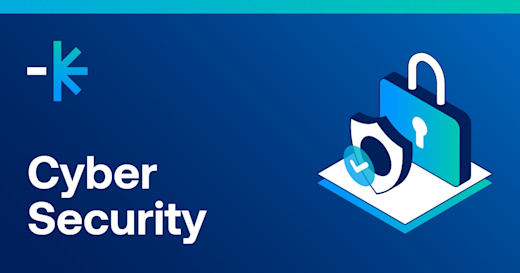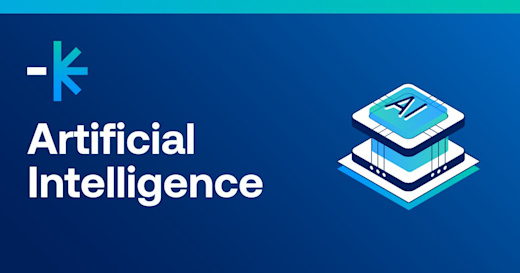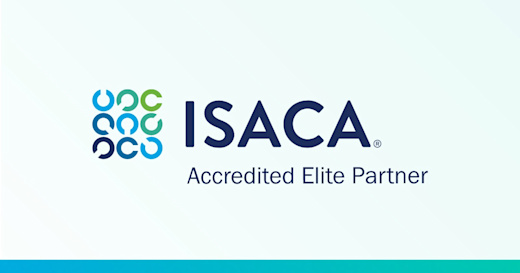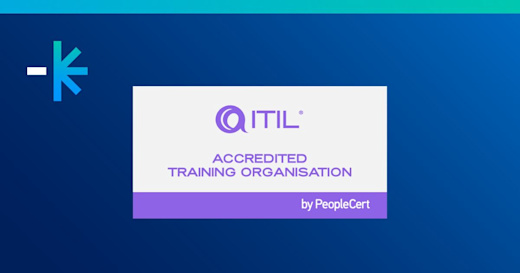Microsoft Copilot is really shaking up the way we work. It’s super easy to use, lightning-fast, and fits right into Microsoft 365 like it was made for it. But, with all that access, we’ve got to be pretty switched on about how we use it. So, Copilot security and Microsoft security training are necessary!
Copilot can zip through emails, open up documents, check calendars, and dig out sensitive information in just seconds. It’s a game-changer for getting stuff done. But if we’re not careful, it can bring some serious security headaches, too.
Microsoft Copilot is really changing the way we work now. It is easy to use, quick, and fits well inside Microsoft 365. Still, when we get so much access, we need to be careful.
It can read through emails, open documents, check calendars, and find sensitive information in just a few seconds. This seamless connection with Microsoft 365 makes it easier to do our work and saves us time. But having all these strong features means we must watch out, make sure teams have the skills and knowledge to manage it, and keep Microsoft 365 Copilot security in mind.
How secure is Microsoft Copilot?
The same things that make Copilot useful can also bring security problems if we are not careful. If we do not set it up properly, Copilot might access private data and cause trouble for our companies. It is very important that we establish security policies so that our information stays safe and that people trust us.
Microsoft Copilot is designed with enterprise-grade security, privacy, and compliance in mind. It complies with major standards, such as GDPR. ISO/IEC 27001 and SOC 1, 2, and 3. It’s built on Microsoft 365’s secure foundation, which includes identity management, threat protection, and information protection.
While the Generative AI tool has security features baked in, it is critical to set up Copilot Security policies, upskill your teams through Microsoft security courses, and foster a culture of security.
Microsoft Copilot Security Concerns
When it comes to Copilot, there are a few big risks that organisations need to consider.
For example, there’s always the chance of data leaking out—Copilot might accidentally show confidential or sensitive details to people who shouldn’t see them. If we don’t have our access controls set up right, people could end up seeing files or info that should be off-limits.
Then there’s shadow IT. Sometimes teams try out new AI tools like Copilot on their own, without looping in IT, and that can create some real vulnerabilities. There’s also the risk of compliance issues; Copilot could unintentionally share personal or customer data in ways that go against privacy laws or industry standards, especially if we’re not careful about how we use it.
Another thing I worry about is phishing. Since Copilot is so good at generating realistic messages, someone could use it to write really convincing phishing emails. If we’re not on our toes, those emails could trick even savvy team members.
To avoid these problems, we need solid access controls, regular user training through Microsoft security courses, and clear rules on using Copilot. That’s the only way to make sure we’re getting all the benefits of Copilot—without putting our data or our trust at risk.
Where to Start: A Roadmap for Copilot Security
Before jumping in with AI tools like Copilot, I reckon it’s vital to have a solid security plan in place. Here’s how I’d get things rolling:
Step 1: Assess Where You’re At
First up, check your Microsoft 365 permissions and data access settings. Make sure only the right people can access sensitive information—no point risking a leak. Figure out where your most confidential data sits, so you know exactly what Copilot might pick up or share.
Step 2: Level Up Your Team through Microsoft Security Training
Start with the basics: good, solid security training—CompTIA Security+ is a good shout. So, everyone’s across network security, access controls, and managing risk.
Encourage your crew to go after Microsoft security courses like SC-401 (Microsoft Certified: Security Operations Analyst Associate) and MS-4002 (MS-4002 (Prepare security and compliance to support Microsoft 365 Copilot). These are excellent for deepening knowledge around identity protection, compliance, and keeping Microsoft 365 secure.
If you’ve got folks leading the charge on security, pushing for something like ISC2‘s CISSP will really help them build and run strong enterprise security programmes.
Step 3: Set Clear Rules
Put in place straightforward guidelines for using Copilot and other AI tools across the organisation. Use tools like Microsoft Purview and Defender to keep an eye on your data, run audits, and guard against any dodgy risks.
Step 4: Make Security Part of the Culture
Regular training for everyone—from the techies to those who aren’t so tech-savvy—on safe AI use and data protection makes a huge difference. Keep IT, security, and business teams sharing insights and working together, so everyone’s on the same page about keeping things safe.
By taking these steps, you’ll get the most out of Copilot’s productivity perks, without putting your data or your reputation on the line.
Learn about Microsoft Copilot Security with Lumify Work
As part of Lumify Group, Lumify Work has skilled more people in Microsoft technologies than any other organisation in Australia and New Zealand. We also have a partnership delivery model in the Philippines.
We offer the broadest range of instructor-led Microsoft training courses, from end-user to architect level. Download our Microsoft Security eBook to explore certification pathways.
We are proud to be the winner of the Microsoft MCT Superstars Award for FY24, which formally recognises us as having the highest quality Microsoft Certified Trainers in ANZ.














